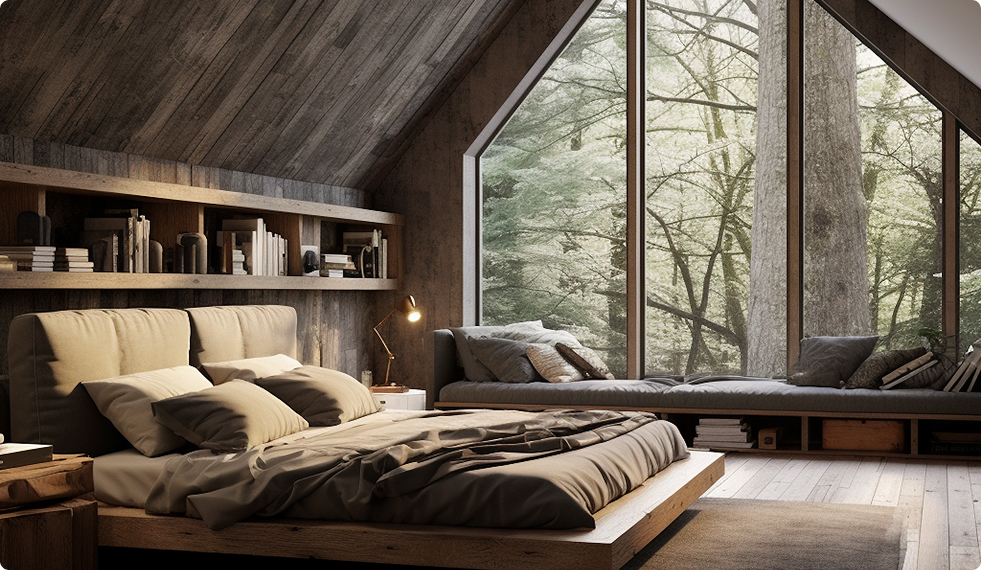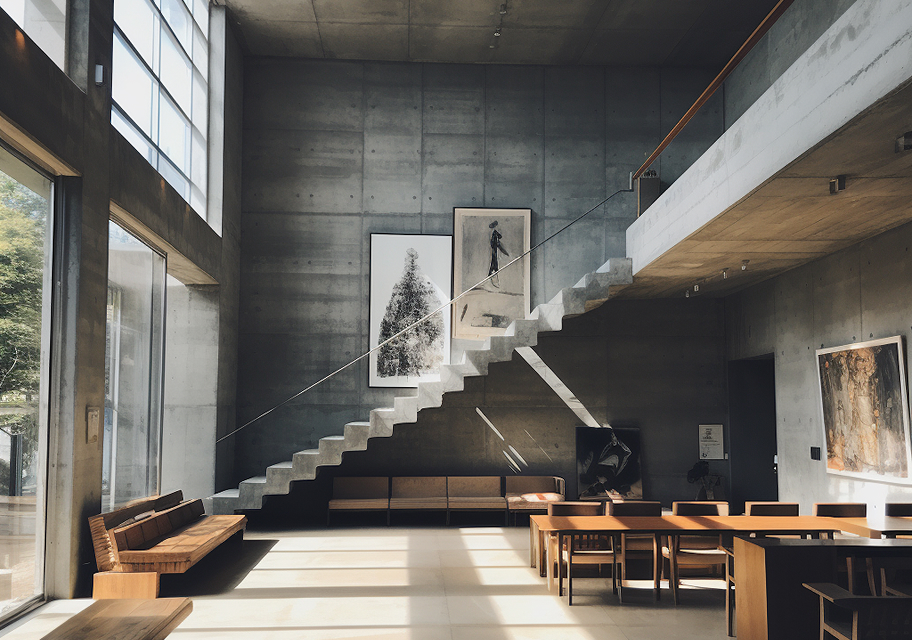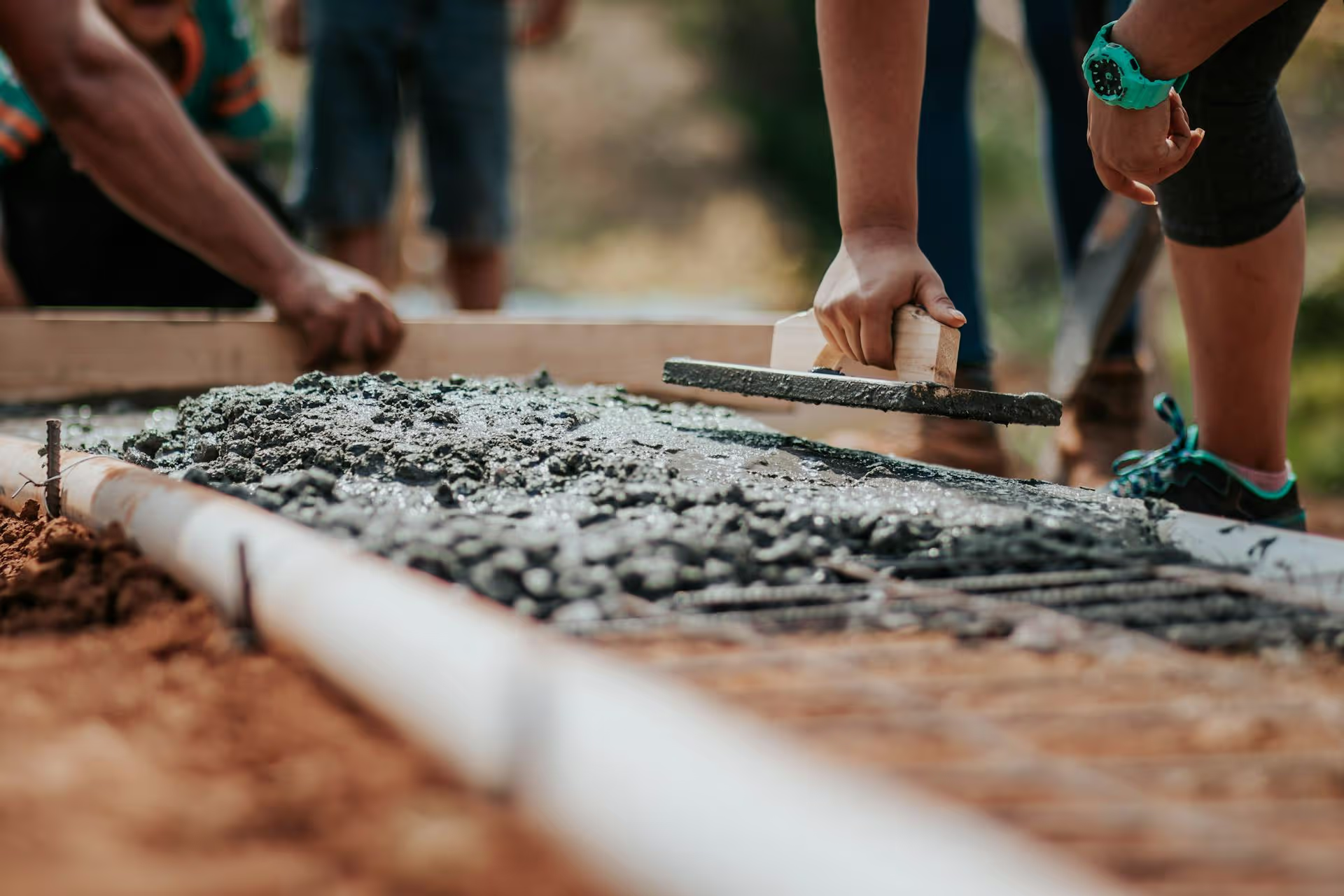The Future of Construction Is Green. Sustainability is no longer a trend—it’s a necessity. Modern architecture and construction are evolving toward efficiency, resilience, and environmental responsibility. By integrating renewable materials, energy-efficient systems, and forward-thinking design, builders are redefining what it means to create lasting structures that minimize impact and maximize performance. In this post, we’ll explore the principles behind sustainable building, the challenges of adopting eco-conscious methods, and why these practices are shaping the next generation of design.
What Are Sustainable Building Practices?
Sustainable construction focuses on reducing environmental impact throughout a building’s entire lifecycle—from design to demolition. This means using responsibly sourced materials, optimizing energy and water use, and implementing technologies that support long-term efficiency.
“The buildings we create today should improve life—not just for their owners, but for the planet.”— Daniel Hsu, Senior Architect, FormWise

Core Benefits of Sustainable Construction
- Energy Efficiency: Modern insulation, passive solar design, and renewable energy systems reduce energy demand and utility costs.
- Reduced Waste: Sustainable materials, modular construction, and smart recycling minimize site waste and improve project efficiency.
- Improved Air Quality: Low-VOC paints, natural ventilation, and toxin-free materials promote healthier environments for occupants.
- Long-Term Value: Eco-conscious design increases property value and reduces maintenance costs, offering benefits that last for decades.
Challenges and How to Overcome Them
While sustainable construction offers clear advantages, it also presents challenges—such as higher upfront material costs and the need for specialized knowledge. These can be mitigated through careful planning, supplier partnerships, and lifecycle cost analysis that emphasizes long-term savings and performance.
Why Sustainable Practices Are the Future
Governments, developers, and clients alike are prioritizing sustainability as part of a global movement toward smarter, greener cities. As new technologies emerge—like carbon-neutral concrete, energy-positive buildings, and AI-driven design optimization—sustainable architecture is no longer a luxury but an expectation.
FormWise continues to lead this change by embracing materials, methods, and mindsets that ensure every project we build leaves a positive mark on both people and the planet.
Final Thoughts
Sustainability isn’t just about reducing harm—it’s about creating spaces that endure. Through conscious design, innovative engineering, and a commitment to integrity, we can build a future where beauty and responsibility coexist. The structures we create today are the legacy we leave tomorrow.







